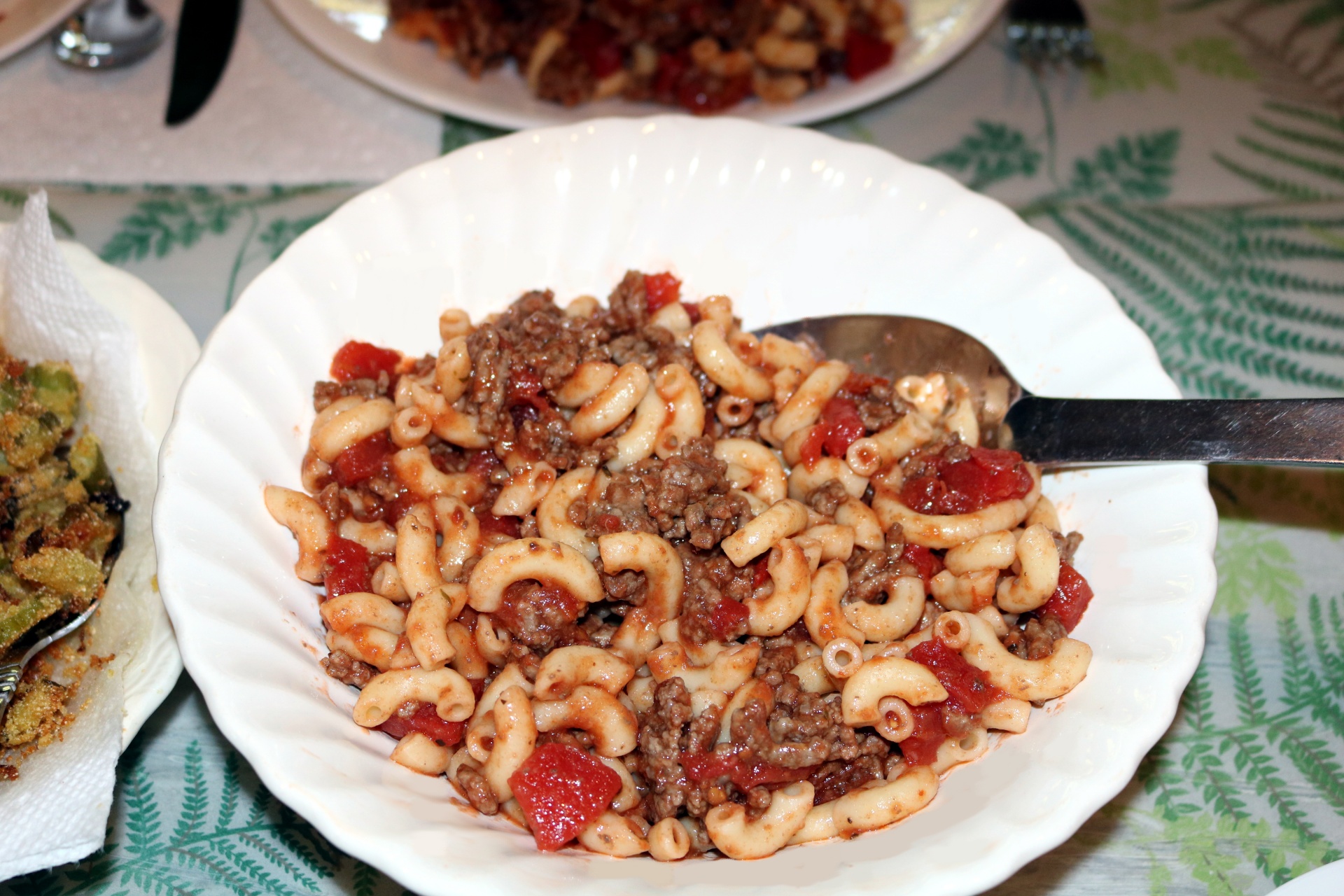Goulash, a hearty and flavorful stew with origins in Hungary, has become a beloved dish around the globe. Its depth of flavor and comforting warmth make it a perfect meal for cooler days, and mastering its preparation is a rewarding culinary endeavor. While recipes may vary slightly between regions and families, the core principles of a delicious goulash remain consistent: quality ingredients, patient simmering, and a well-developed flavor base.
GETTING STARTED
The foundation of making goulash is its meat. Traditionally, beef chuck is favored for its rich flavor and connective tissue which breaks down beautifully during slow cooking, resulting in tender, melt-in-your-mouth pieces. However, some variations may incorporate veal, pork, or even a combination of meats. Regardless of your choice, ensure that the meat is cubed into roughly 1-2 inch pieces for even cooking.
CONTROLLING FLAVOR
Next comes the aromatic flavor base. Onions, often in generous quantities, are sautéed until softened and translucent, forming the backbone of the goulash’s taste. Paprika, the star spice of goulash, lends its vibrant color and characteristic smoky flavor. Use high-quality sweet paprika for the most authentic experience, and consider adding a touch of smoked paprika for an extra layer of complexity. Other common flavor enhancers include caraway seeds, garlic, and marjoram.
METHIODS
The cooking process itself is an exercise in patience. After the meat is browned and the aromatic base is established, liquid is added. This can be a combination of beef broth and red wine, or simply broth. The key is to bring the mixture to a gentle simmer and allow it to cook slowly for at least a couple of hours, or even longer. This slow simmering process is crucial for tenderizing the meat in making goulash and allowing all the flavors to meld together. During this time, you might add extras like diced tomatoes or bell peppers, depending on your preference.
Towards the end of the cooking process, it’s time to thicken the goulash. Some traditions rely on the breakdown of the meat and onions for natural thickening, while others use a simple flour slurry. Regardless, the goal is a rich and slightly thick consistency that coats the back of a spoon.
Serving goulash is just as important as its preparation. A dollop of sour cream or a sprinkle of fresh parsley can elevate the experience. It’s traditionally served with a side of dumplings or noodles, but is also delicious with crusty bread or boiled potatoes.
BECOMING THE CONNOISEUR
Making goulash is not about following a strict recipe, but rather, understanding the principles of slow cooking, layering flavors, and using good quality ingredients. Embrace the process, experiment with spices, and don’t be afraid to make it your own. With a little patience and practice, you’ll be rewarded with a deeply flavorful and unforgettable meal.
